Ways of Processing/Organizing Info
5.0(1)
5.0(1)
Card Sorting
1/13
Earn XP
Description and Tags
Includes Gestalt Theories
Study Analytics
Name | Mastery | Learn | Test | Matching | Spaced |
|---|
No study sessions yet.
14 Terms
1
New cards
Bottom-Up Processing
= understanding details first then putting them together to get the entire stimulus
* relies on pattern recognition and template matching
ex. beginner reader sounding out words then putting them together
\
Cuh-Ah-Tuh = CAT
* relies on pattern recognition and template matching
ex. beginner reader sounding out words then putting them together
\
Cuh-Ah-Tuh = CAT
2
New cards
Feature Detectors
Neurons in brain that responds to very specific lines, angles, arcs, etc.
3
New cards
Template
= mental blueprint held in memory
* to recognize incoming stimuli, you compare it to template in your memory until it matches
* to recognize incoming stimuli, you compare it to template in your memory until it matches
4
New cards
Top-Down Processing
= understanding the big picture first then filling in the gaps with details
* uses prior knowledge to help identifiy stimulus (expectations, beliefs, etc.)
\
ex. reading and not noticing a typo because you already fixed it in your head due to expectations of the word should have fitting in with the rest of the sentence
* uses prior knowledge to help identifiy stimulus (expectations, beliefs, etc.)
\
ex. reading and not noticing a typo because you already fixed it in your head due to expectations of the word should have fitting in with the rest of the sentence
5
New cards
Gestalt Theory
= “the whole is more than the sum of the parts”
* top down processes
* brain groups stimuli together into predictable patterns
* top down processes
* brain groups stimuli together into predictable patterns
6
New cards
Proximity
= the closer 2 figures are, the more we see them as part of the same object
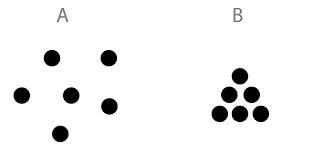
7
New cards
Similarity
= tendency to group figures according to how closely they resemble each other
\
ex. a rectangle with different colored/patterned sides is perceived as 2 pieces
\
ex. a rectangle with different colored/patterned sides is perceived as 2 pieces
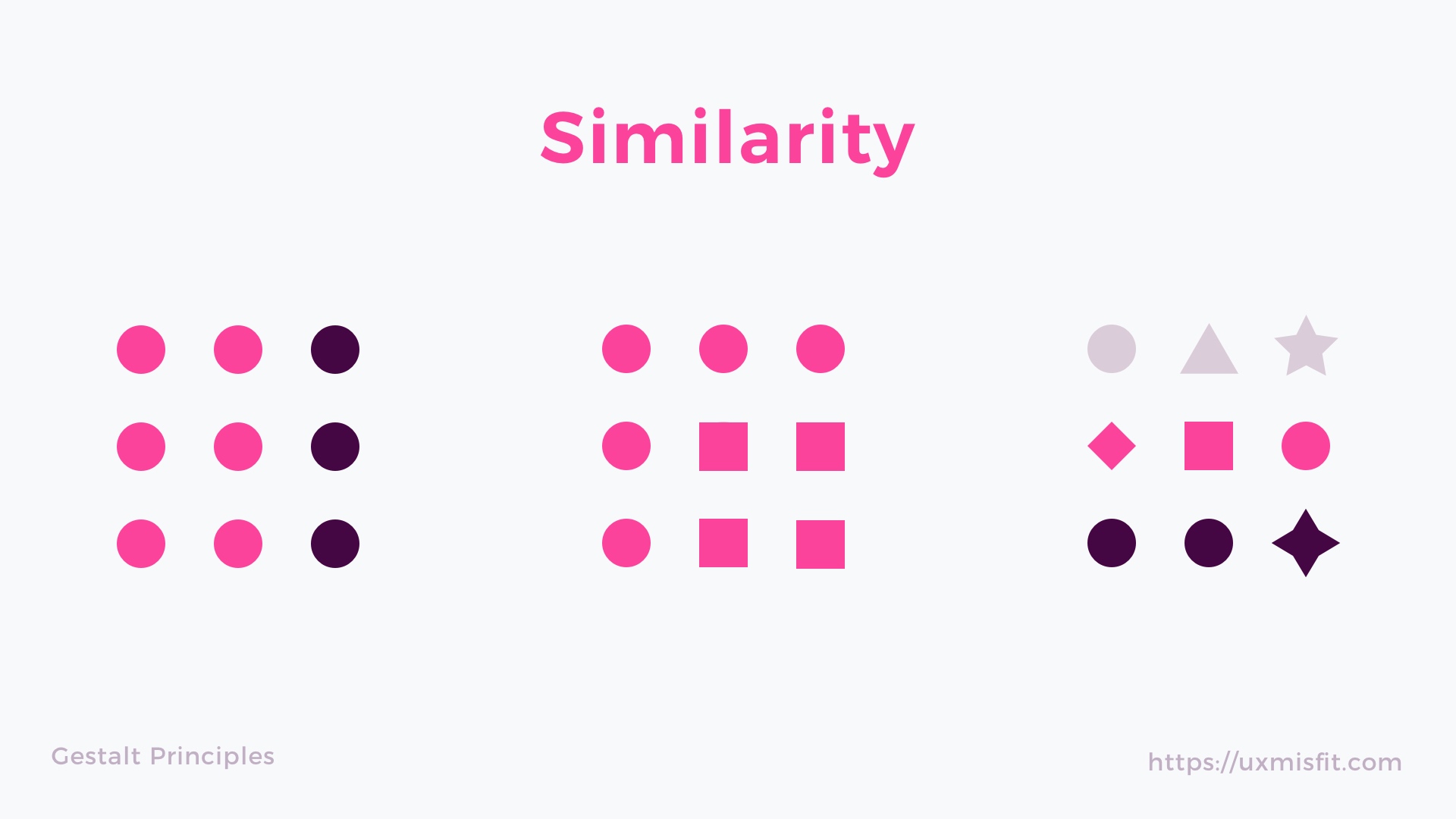
8
New cards
Good Continuation
= tendency to interpret intersecting lines as continuous
\
ex. we think 2 cats are 1 continuous cat despite knowing cat is unlikely to be so long
\
ex. we think 2 cats are 1 continuous cat despite knowing cat is unlikely to be so long
9
New cards
Closure
= tendency to complete figures even w/gaps

10
New cards
Illusory Contours
= tendency to perceive contours when they do not exist
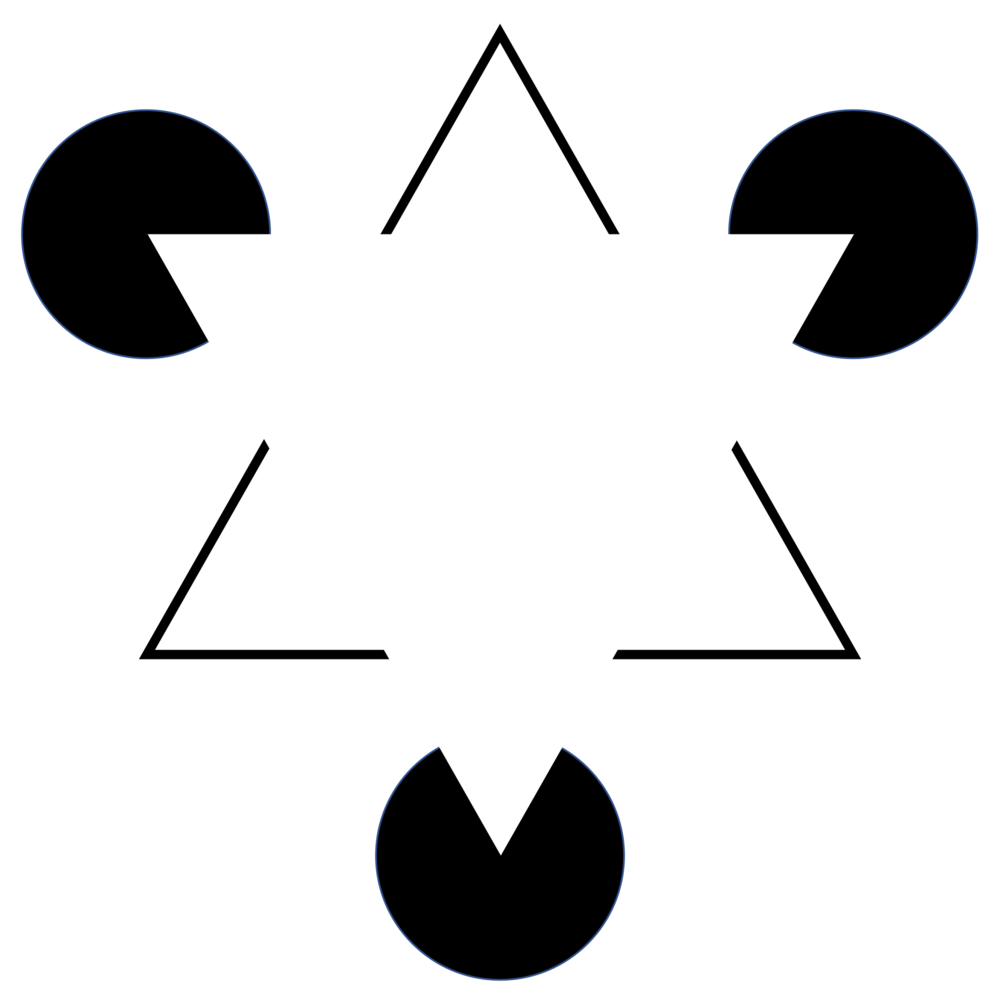
11
New cards
Common Movement
= tendency to see a group moving as one large object
ex. schools of fish
ex. schools of fish
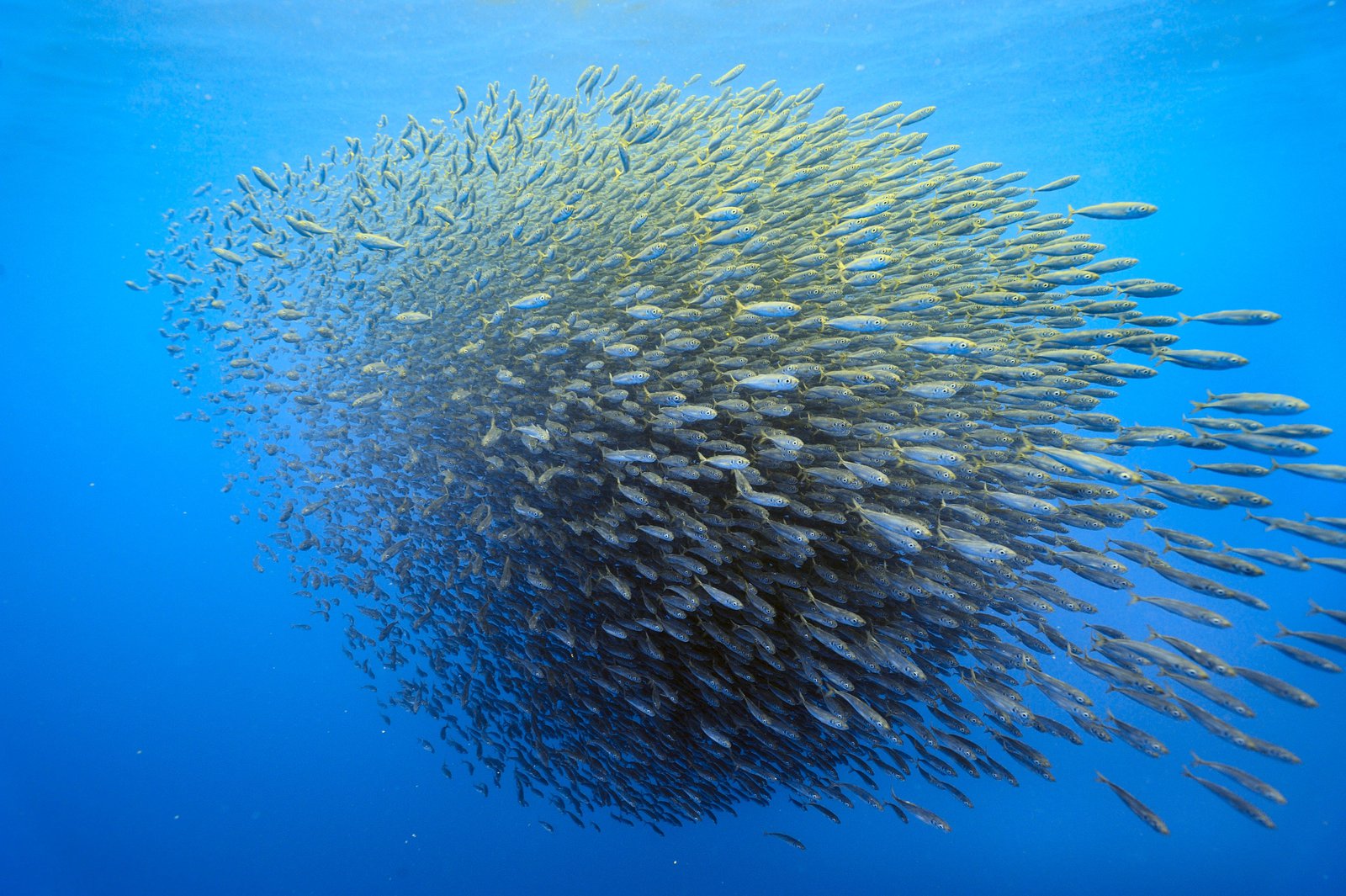
12
New cards
Figure-Ground
= tendency to confuse figure w/background
ex. face/vase reversible figures
ex. face/vase reversible figures
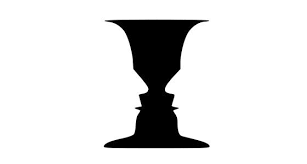
13
New cards
Automatic Processing
= doesn’t require much effort, notice stimuli w/o paying attention
ex. reading billboard signs even if you don’t want to
ex. reading billboard signs even if you don’t want to
14
New cards
Controlled Processing
= to successfully process/do a task, need to consciously pay attention
\
ex. “Where’s Waldo” as opposed to billboard reading
\
ex. “Where’s Waldo” as opposed to billboard reading